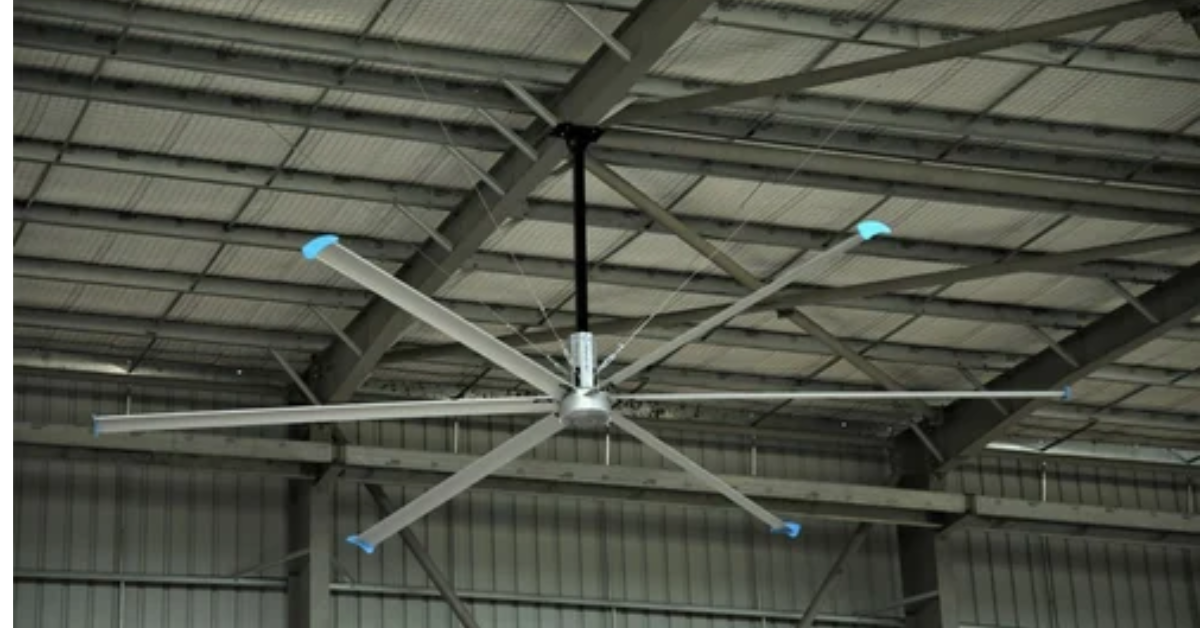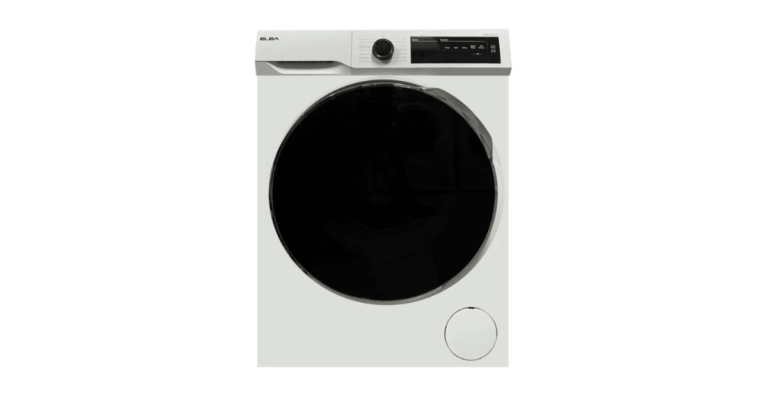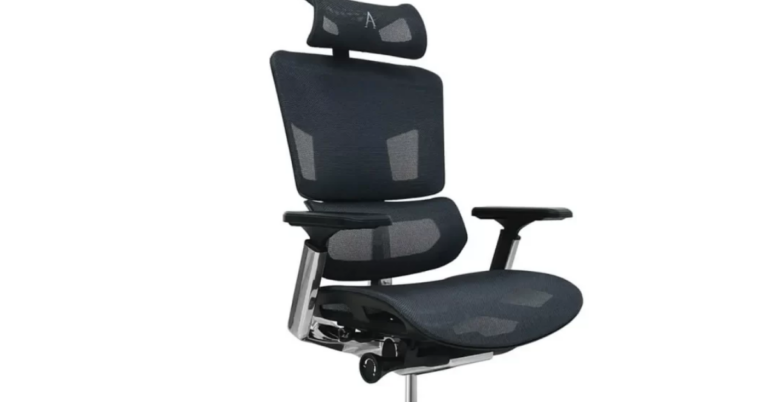Industrial Ventilation Fan Singapore: The Key to a Safer and More Efficient Workplace
In industrial settings, maintaining proper air circulation is not just a matter of comfort — it’s a necessity. The tropical climate of Singapore, coupled with heat-generating machinery, makes ventilation one of the most critical factors in ensuring a safe and productive environment. This is where an Industrial Ventilation Fan Singapore plays a vital role. Whether used in factories, warehouses, workshops, or production facilities, these fans help remove excess heat, fumes, and airborne contaminants, promoting better air quality and energy efficiency.
What Is an Industrial Ventilation Fan?
An industrial ventilation fan is a high-capacity air-moving device designed to circulate and exchange air in large spaces. Unlike household fans, these systems are engineered to handle significant volumes of air, often running continuously to maintain consistent airflow.
There are several types of industrial ventilation fans commonly found in Singapore, such as:
-
Axial fans: Move air in a straight line and are suitable for general ventilation.
-
Centrifugal fans: Use a rotating impeller to move air at higher pressure, ideal for ducted systems.
-
Exhaust fans: Remove stale air, fumes, or heat from confined spaces.
-
Supply fans: Bring in fresh, filtered air from outside to maintain balance and comfort.
Each type serves a unique purpose depending on the layout and airflow requirements of the facility.
Importance of Industrial Ventilation Fans in Singapore
Due to Singapore’s hot and humid climate, workplaces can easily become uncomfortable and even hazardous without adequate ventilation. An industrial ventilation fan in Singapore is essential for the following reasons:
-
Heat Management:
Many industrial processes generate substantial heat. Without proper ventilation, temperatures can rise rapidly, creating unsafe working conditions. Ventilation fans help remove hot air and replace it with cooler air, improving comfort and efficiency. -
Improved Air Quality:
In manufacturing and processing facilities, airborne pollutants such as dust, fumes, and vapors can build up. An industrial ventilation fan helps eliminate these contaminants, ensuring employees breathe cleaner air. -
Moisture and Humidity Control:
Excess humidity can cause corrosion, mold growth, and equipment damage. Proper ventilation maintains humidity at optimal levels, prolonging the lifespan of both machinery and infrastructure. -
Compliance with Safety Standards:
Singapore’s Workplace Safety and Health (WSH) regulations emphasize adequate ventilation to protect employees from health risks. Installing industrial ventilation systems helps businesses comply with these standards and avoid penalties. -
Enhanced Productivity:
Studies show that employees perform better in well-ventilated environments. Clean, cool air improves focus, reduces fatigue, and enhances overall job satisfaction.
Types of Industrial Ventilation Systems Used in Singapore
Singapore’s industries employ a variety of ventilation systems based on their specific operational needs. The most common include:
1. Natural Ventilation Systems
These systems rely on architectural design and wind flow to move air through openings like vents or louvers. While energy-efficient, natural ventilation may not be sufficient for heavily industrialized environments.
2. Mechanical Ventilation Systems
Mechanical systems use industrial ventilation fans to actively circulate air. They can be customized to control temperature, humidity, and air purity levels. These systems are the backbone of modern factories and manufacturing plants in Singapore.
3. Exhaust Ventilation Systems
Designed to remove polluted or heated air from specific zones, exhaust fans are critical in environments like welding shops, chemical plants, and kitchens. They create negative pressure to draw out contaminants.
4. Supply Ventilation Systems
These bring in filtered air from outside, improving air quality and balancing airflow within the building. In combination with exhaust fans, they create a complete ventilation cycle.
5. Hybrid Systems
Some industries in Singapore use hybrid ventilation systems that combine natural and mechanical methods, maximizing energy efficiency while maintaining airflow consistency.
Choosing the Right Industrial Ventilation Fan in Singapore
Selecting the ideal industrial ventilation fan requires careful consideration of several factors:
-
Airflow Requirements (CFM):
The size of your space and the type of operation determine how much airflow you need. Engineers often calculate this in cubic feet per minute (CFM) to ensure adequate ventilation. -
Static Pressure:
This measures resistance within the duct system. Choosing a fan that can overcome static pressure ensures consistent air movement. -
Energy Efficiency:
In Singapore, where energy costs are significant, investing in energy-efficient fans reduces operational expenses in the long run. -
Noise Levels:
Some fans can be noisy, which may disrupt work environments. Modern industrial ventilation fans in Singapore come with noise-reduction designs for quieter operation. -
Durability and Maintenance:
Industrial fans should be constructed with corrosion-resistant materials, especially in humid conditions. Regular maintenance extends their lifespan and ensures consistent performance.
Applications of Industrial Ventilation Fans in Singapore
The use of industrial ventilation fans spans across multiple sectors in Singapore, including:
-
Manufacturing Plants: For controlling heat and fumes generated during production.
-
Warehouses and Logistics Centers: To maintain airflow and prevent heat buildup.
-
Food Processing Units: To meet hygiene standards and control odor.
-
Chemical and Pharmaceutical Industries: For removing harmful gases and maintaining sterile environments.
-
Automotive Workshops: To clear exhaust gases and maintain air purity.
-
Commercial Kitchens: For efficient removal of steam and smoke.
Each of these applications highlights how vital ventilation systems are in maintaining both safety and efficiency.
Energy Efficiency and Sustainability
With Singapore’s commitment to sustainability, energy-efficient industrial ventilation fans are in high demand. Modern models incorporate EC (Electronically Commutated) motors, variable speed drives, and smart sensors to optimize performance while minimizing power consumption.
Installing energy-efficient ventilation systems not only lowers electricity costs but also reduces a company’s carbon footprint — aligning with Singapore’s Green Mark Certification and national sustainability goals.
Maintenance and Safety Tips
To ensure the longevity and effectiveness of your industrial ventilation fan in Singapore, consider the following maintenance practices:
-
Conduct routine inspections to check for dust buildup and motor wear.
-
Clean fan blades and filters regularly to maintain airflow.
-
Lubricate moving parts to reduce friction and extend motor life.
-
Replace worn-out belts and bearings promptly.
-
Monitor noise and vibration levels to detect mechanical issues early.
Regular maintenance ensures optimal air circulation, improves energy efficiency, and prevents costly breakdowns.
Conclusion
An industrial ventilation fan in Singapore is more than just an accessory — it’s a cornerstone of workplace safety, comfort, and efficiency. From maintaining air quality to regulating temperature and humidity, these systems are essential for industries operating in the city’s warm, humid climate.
By choosing the right type of fan and ensuring proper installation and maintenance, businesses can create healthier environments, meet regulatory standards, and enhance productivity. Whether you run a small workshop or a large manufacturing facility, investing in an efficient industrial ventilation fan Singapore solution is one of the smartest decisions you can make for long-term success.







